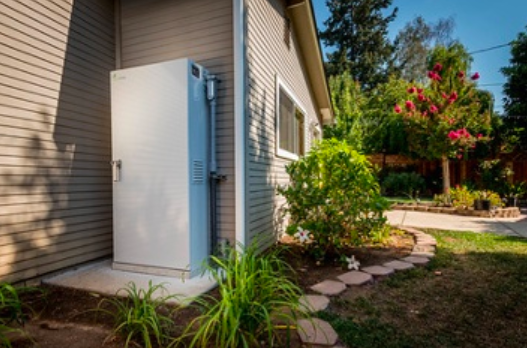The U.S. integrated solar and storage solutions provider will install the systems throughout TEPCO’s service area, in cooperation with Japanese conglomerate Mitsui & Co.
In an online statement, Sunverge CEO Martin Milani argued that the aggregation and centralized management of distributed energy resources as single fleets is increasingly gaining prominence as a relatively low-cost way to ensure grid stability.
Sunverge will connect the storage units that it will install in TEPCO’s service area to create a VPP, which it will manage as a single node on the grid via its own energy management platform. It claims that TEPCO will be able to use its in-house controls to adjust to significant changes in electricity demand within time periods of less than 15 minutes.
“This project will demonstrate how centrally managed distributed resources on Japan's electric grid can help ensure greater reliability,” San Francisco–based Sunverge said, noting that concerns about grid stability have risen significantly in Japan since the accident at the Fukushima Daiichi nuclear plant in March 2011.
“The net aggregated power flow at the virtual node level is controlled through coordinated operations at the individual unit level based on the predicted load, PV generation and available storage capacity.”
The VPP project is designed to showcase the use of aggregated storage to ensure grid stability. It will aim for specific wattage levels in individual meters, for example, to dispatch electricity if net loads exceed those targets, or to bring more power in if net loads fall below them.
Sunverge will also deploy an algorithm to establish site demand targets for the storage systems, which will be installed according to anticipated, location-specific loads, expected levels of solar generation and the amount of energy stored in each battery.
The company claims these targets will help to ensure that the storage units do not run out of power due to dispatch, while also preventing them from reaching full capacity due to the importation of electricity from the grid.
VPPs have emerged as a key policy priority for the Japanese government in recent years. The Ministry of Economy, Trade and Industry (METI) has agreed to provide JPY 7 billion ($59.4 million) in subsidies to support VPP development through the end of the current Japanese fiscal year, which runs through the end of March 2018.
In July 2016, regional Japanese utility Kansai Electric Power (KEPCO) revealed plans to launch a solar-powered VPP pilot project in western Japan.
The pilot — which KEPCO is running in cooperation with a consortium of 13 other companies, including Mitsubishi and construction contractor Obayashi — is set to conclude at the end of February 2018. KEPCO has said that it hopes to commercialize the project by the end of the decade.
This content is protected by copyright and may not be reused. If you want to cooperate with us and would like to reuse some of our content, please contact: editors@pv-magazine.com.



By submitting this form you agree to pv magazine using your data for the purposes of publishing your comment.
Your personal data will only be disclosed or otherwise transmitted to third parties for the purposes of spam filtering or if this is necessary for technical maintenance of the website. Any other transfer to third parties will not take place unless this is justified on the basis of applicable data protection regulations or if pv magazine is legally obliged to do so.
You may revoke this consent at any time with effect for the future, in which case your personal data will be deleted immediately. Otherwise, your data will be deleted if pv magazine has processed your request or the purpose of data storage is fulfilled.
Further information on data privacy can be found in our Data Protection Policy.